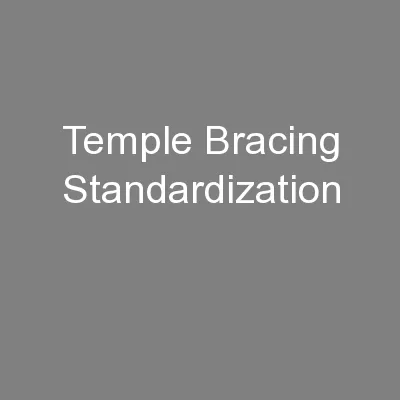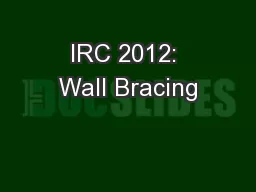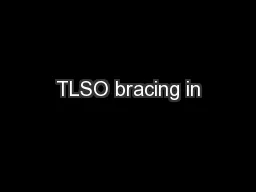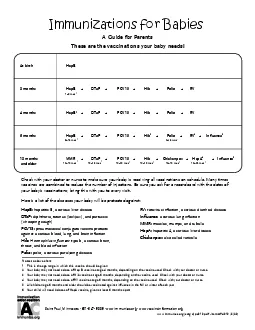PPT-Bracing Solutions for Polio Survivors—preliminary results
Author : kittie-lecroy | Published Date : 2015-10-30
Marny Eulberg MD Human Gait Institute Background I am a family physician and a polio survivor I have been medical director of a post polio clinic in Denver since
Presentation Embed Code
Download Presentation
Download Presentation The PPT/PDF document "Bracing Solutions for Polio Survivors—..." is the property of its rightful owner. Permission is granted to download and print the materials on this website for personal, non-commercial use only, and to display it on your personal computer provided you do not modify the materials and that you retain all copyright notices contained in the materials. By downloading content from our website, you accept the terms of this agreement.
Bracing Solutions for Polio Survivors—preliminary results: Transcript
Download Rules Of Document
"Bracing Solutions for Polio Survivors—preliminary results"The content belongs to its owner. You may download and print it for personal use, without modification, and keep all copyright notices. By downloading, you agree to these terms.
Related Documents














